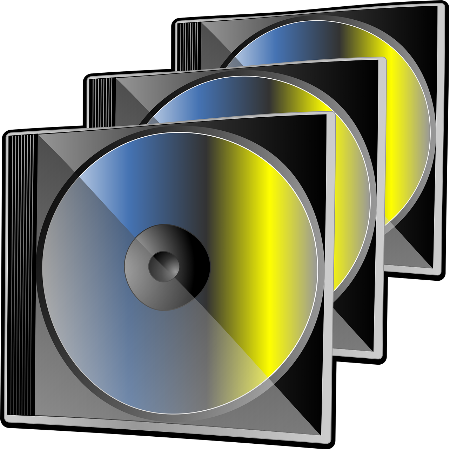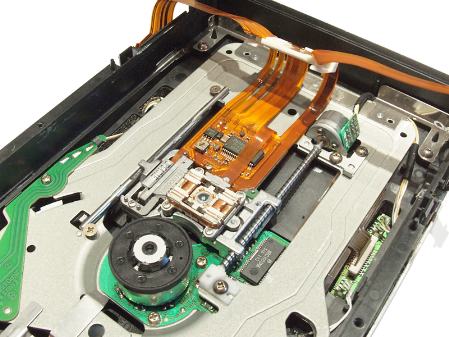Storage - Optical Media
Optical Media is the term we use to describe CDs (Compact Discs), DVDs (Digital Video Discs or Digital Versatile Discs) and BluRay Discs
Optical Media makes use of light to write and read data. Since 1982 this has worked by having a reflective surface under a hard plastic protective covering. Lasers are used to make "pits" on the reflective surface with the size of the pit being determined by the wave length of the laser light.
To read the data, as the disc spins a laser focussed on the part of the disc with slight pits. These pits reflect the light slightly differently and this is measured and interpreted to form the data (in binary).
CDs uses Infrared lasers, DVDs use red laser light, BluRay uses blue (hence the name). This shorter blue wavelength is part of the reason why more data can be stored on a BluRay
Optical Media is slower to read / write than a HDD or an SDD so is generally only used for backing up or archiving data, or when a cheap, portable solution is needed - eg for single use installation, or the films and music (athough this is being replaced by streaming and downloading).
Explains how optical media reads data


